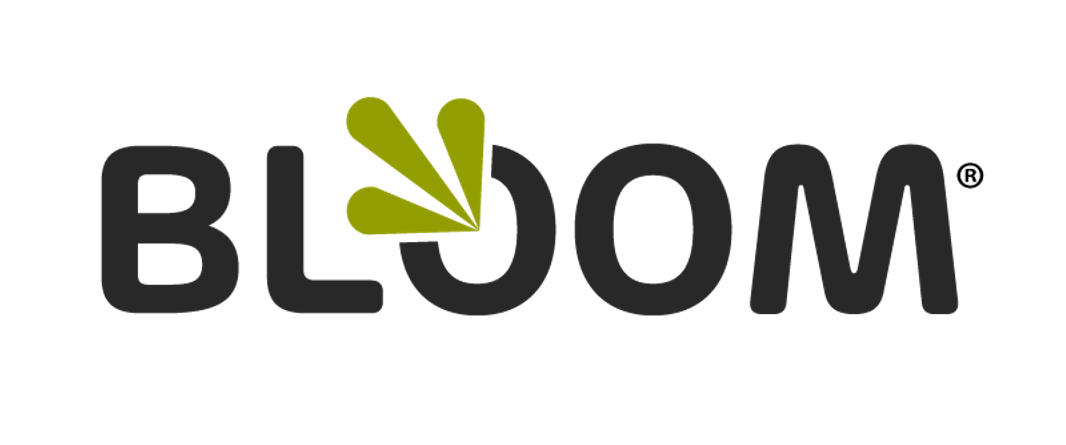Learn How to Write Effective Role Descriptions
The essential components of an effective role description
1.Title
Should:
Accurately summarize the position
Give an idea of the general duties and regular tasks (we call them KRAs - Key Results Areas)
Reflect the position and function of the role in relation to the overall organizational hierarchy.
Should not:
Apply an inflated title (e.g., do not include “manager” in the title of someone who does not supervise others)
2. Role Summary
Should:
Be concise and tightly written
Be only a paragraph or two
Provide an outline of the ultimate purpose of the position, the primary function of the employee, and how the role directly contributes to the organization’s objectives.
Delineate how the role differs from other roles by highlighting specialized duties and expectations
3. Key Results Areas (KRAs)
Should:
Draw attention to only the essential duties and responsibilities.
Note: The Americans with Disabilities Act (ADA) requires that role descriptions not exclude persons with disabilities due to their inability to perform non-essential tasks of a role; avoid running afoul of the ADA by clearly and explicitly identifying only the essential duties of a specific role. The ADA requires that for a task to be considered essential, the role must exist in order to accomplish the task, there should be a limited number of other employees who could complete the task, and those individuals are hired for their specialized ability necessary to complete the task.Ensure that everything is job-related. Give serious and careful thought to what percentage of the role’s time will be dedicated to particular tasks, and refine the list of key duties to only the essentials
Be listed in order of importance or otherwise weighted
Explicitly state expectations
Include KPIs (Key Performance Indicators) with specific measures for each Key Results Area
4. Qualifications
Should:
Note requirements for education level (e.g., college degrees and professional certifications). You may want to include disclaimers like “or equivalent experience” to encourage more applications.
Include requirements for experience (e.g., years, levels of expertise, and types). Include requirements for competencies (e.g., communication skills, ability to collaborate)
Include requirements for specific knowledge (e.g., proficiency in a foreign language)
Note: Again, ensure compliance with the ADA by including only essential qualifications for the role.
Role descriptions may not be referenced daily, yet they play a pivotal role in an organization’s daily operations.
Furthermore, in a performance management system like BLOOM®, role descriptions are closely integrated with performance reviews, goals, and tasks, forming the backbone of the system.
The bottom line is that writing compelling role descriptions now will pay off in time, money, and company resources down the road.
Learn how to write compelling role descriptions, and you will orient employees to the opportunities for the future.
